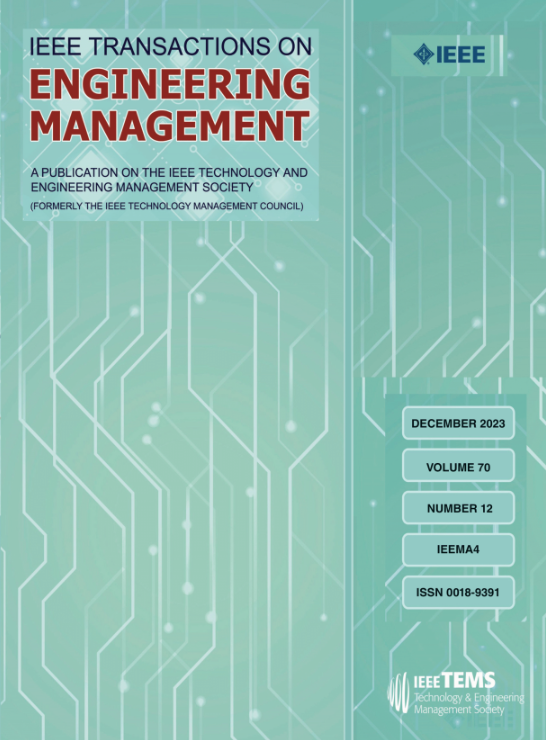Risk Identification and Prioritization in China's New Energy Vehicle Supply Chain: An Integrated Tanimoto Similarity and Fuzzy-DEMATEL Approach
IF 4.6
3区 管理学
Q1 BUSINESS
引用次数: 0
Abstract
Recently, the burgeoning new energy vehicle (NEV) industry has led to a complex landscape due to the rapid integration of diverse elements including the automotive supply chain and new energy technologies. This study aims to identify and assess risk factors within China's NEV supply chain. We develop a comprehensive risk prioritization system comprising 28 factors categorized into two dimensions: internal and external risks, as well as abilities and status. Using the Fuzzy-DEMATEL method, risk factors in China's NEV supply chain are evaluated. The results indicate that the NEV appears an evident risk characteristic of upstream and external driven, i.e., upstream risk, environmental risk, and political risk exert a significant impact on other risk factors within the supply chain. Contrarily, midstream and downstream aspects are more susceptible to external influences. In addition, we develop an oversight risk identification approach via integrating Fuzzy-DEMATEL, Tanimoto similarity, and CRITIC methodologies. This approach emphasizes uncovering easily overlooked risk factors originating from discrepancies in expert decision-making, particularly in emerging industries such as NEV. The results emphasize the significance of addressing often-neglected risk factors such as pollution, infrastructure setup, and information sharing, warranting attention from governmental and industry stakeholder.中国新能源汽车供应链风险识别与优先排序:基于谷本相似度和模糊dematel的综合方法
近年来,由于汽车供应链和新能源技术等多种要素的快速融合,新兴的新能源汽车产业呈现出复杂的格局。本研究旨在识别和评估中国新能源汽车供应链中的风险因素。我们开发了一个综合的风险排序系统,包括28个因素,分为两个维度:内部和外部风险,以及能力和状态。采用Fuzzy-DEMATEL方法,对中国新能源汽车供应链的风险因素进行了评估。研究结果表明,新能源汽车呈现出明显的上游和外部驱动的风险特征,即上游风险、环境风险和政治风险对供应链内其他风险因素的影响显著。相反,中游和下游方面更容易受到外部影响。此外,我们通过整合Fuzzy-DEMATEL、谷本相似度和CRITIC方法,开发了一种监督风险识别方法。这种方法强调发现容易被忽视的风险因素,这些风险因素源于专家决策的差异,特别是在新能源汽车等新兴行业。研究结果强调了解决污染、基础设施设置和信息共享等经常被忽视的风险因素的重要性,值得政府和行业利益相关者的关注。
本文章由计算机程序翻译,如有差异,请以英文原文为准。
求助全文
约1分钟内获得全文
求助全文
来源期刊

IEEE Transactions on Engineering Management
管理科学-工程:工业
CiteScore
10.30
自引率
19.00%
发文量
604
审稿时长
5.3 months
期刊介绍:
Management of technical functions such as research, development, and engineering in industry, government, university, and other settings. Emphasis is on studies carried on within an organization to help in decision making or policy formation for RD&E.
 求助内容:
求助内容: 应助结果提醒方式:
应助结果提醒方式:


